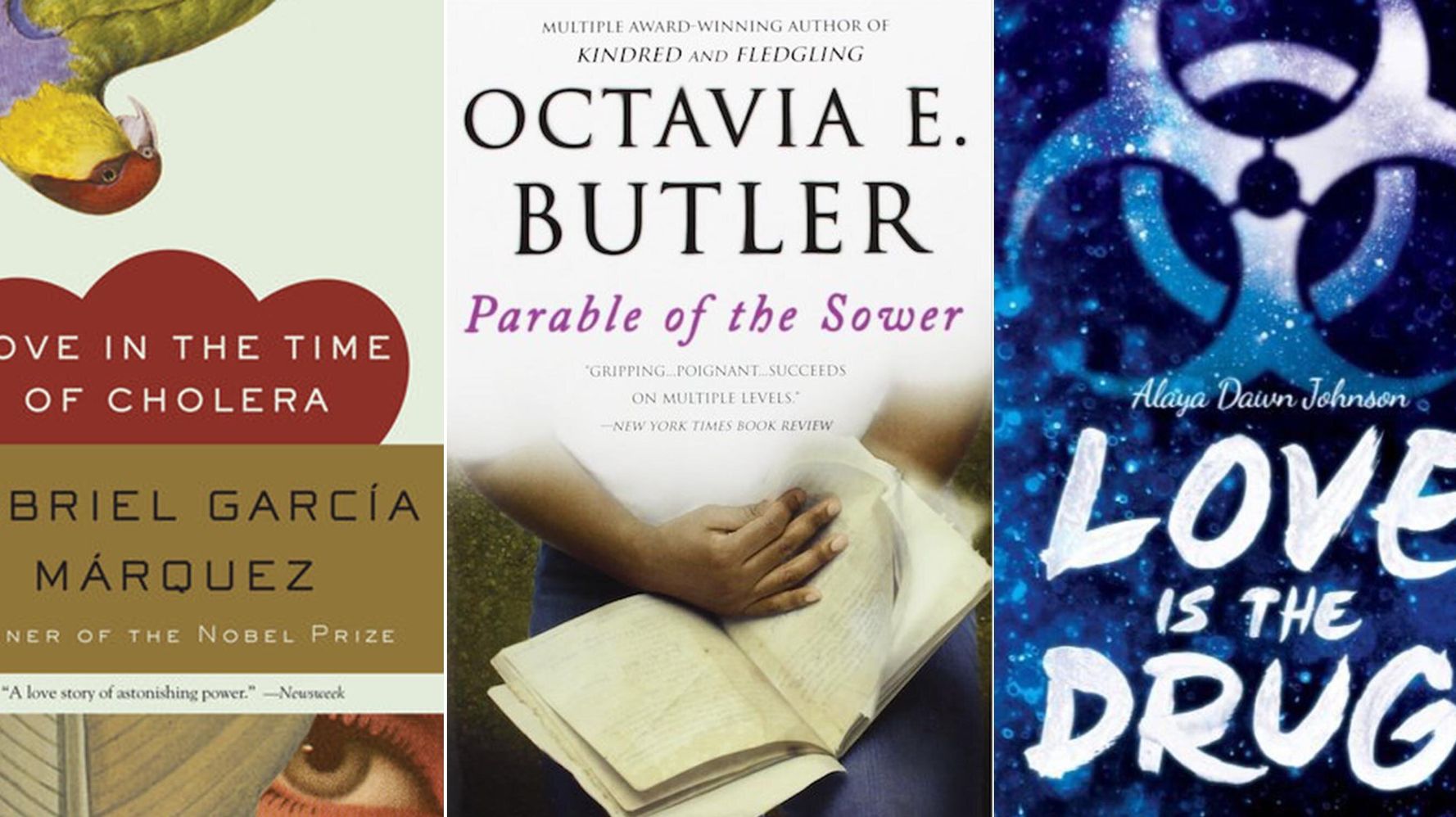[ad_1]
With all your spring plans officially canceled over the global coronavirus pandemic, maybe it’s time for you to cuddle up with a good book — as the introverts do, united in spirit but in your own home.
The Centers for Disease Control and Prevention say as many as 214 million people could become infected with the novel coronavirus if we don’t change our behavior; more than 1 million could die during a pandemic that could last anywhere from a few months to a year.
So that’s the bad news. The good news is that there are actions we can take to keep ourselves healthy, including social distancing and working from home.
When you start to feel the stir-crazy pangs of oncoming loneliness, it might be helpful to get some tips from the fictional characters whose creators were nice enough to conjure up our worst-case scenarios and nightmares a while ago. What you’ll find in the list below is a resounding theme: Most people stay calm and maintain connection instead of perishing alone.
Reaching out is an act of self-preservation. Maybe don’t physically touch anybody, unless it’s a fist bump with gloved hands. Texting and emailing is cool. Phone calls are also a good look. Here are some other lessons to be learned from a few fictional characters:
“Parable of the Sower” by Octavia Butler (1993)
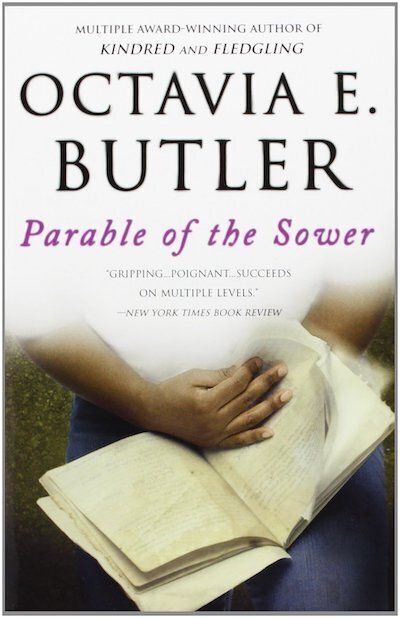
Lauren Oya Olamina, a 15-year-old hyperempathic girl in the year 2024, leaves her Los Angeles-area home during a post-apocalyptic event. To survive, she practices her shooting aim. She learns to control whose emotions she takes on so the pain of other people’s feelings doesn’t kill her. She also shaves her head to appear more gender-nonconforming when she travels with an ad-hoc group to a designated safe space in the Pacific Northwest.
“Speech Sounds” by Octavia Butler (1983)
This Hugo Award-winning short story features Valerie Rye, a middle-aged writer and history professor traveling alone in Los Angeles after a pandemic referred to as “the illness” has killed her whole family. The illness takes away what people love most — it took Valerie’s ability to read and write. Like many of Butler’s heroines, Rye is armed for protection, carrying a backpack with antiseptic and bandages. She maintains her compassion and empathy even as she is confronted with the harsh realities of her new world.
“Love Is The Drug” by Alaya Dawn Johnson (2014)
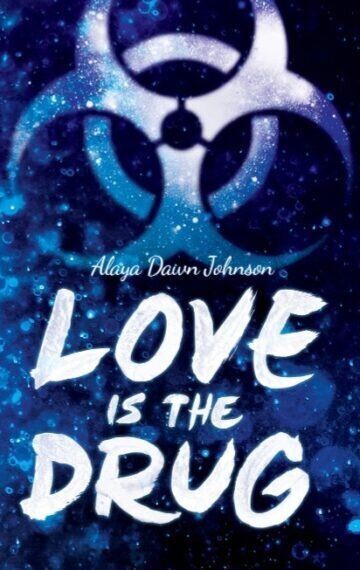
In this heralded novel with shades of the FX series “The Americans,” Emily Bird slowly comes to realize that her scientist parents are likely connected to a global pandemic — and possibly worse — that puts Washington, D.C., under quarantine. Like all Black girls facing the crises of everyday life, she also changes her hair by way of a home relaxer and ends up with a TWA (teeny weeny afro). She’s pretty cerebral but also kind of a rebellious introvert, so she pops melatonin to help with her anxiety-induced insomnia and breaks up with her obnoxious boyfriend so she can flirt with two mysterious classmates and get to the bottom of a U.S. government conspiracy.
“Love In The Time of Cholera” by Gabriel Marcia Marquez (1985)
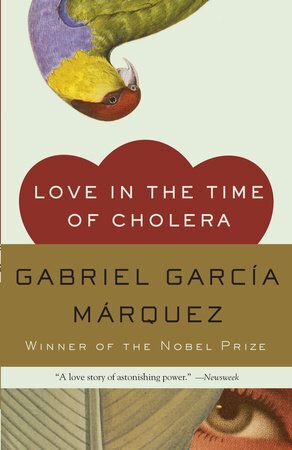
This novel focuses on several characters during a time of cholera that was brought on by poor sanitary conditions in the Caribbean. Like his father Dr. Marco Aurelio Urbino, who died in quarantine to protect his loved ones, Dr. Juvenal Urbino is fascinated with studying all he can to stop the spread of a cholera epidemic. One of the major themes of the novel is the way that love and nature persist even in times of distress and unease.
“Severance” by Ling Ma (2018)
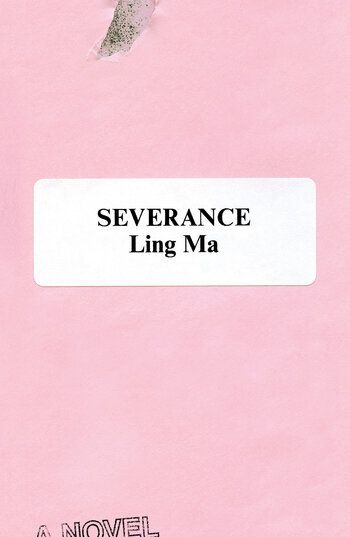
Candace Chen, a disaffected millennial and Bible production employee, first thinks she can stress-eat her way out of the Shen Fever pandemic that paralyzes New York City. In the end, she finds herself traveling west with a kind of post-apocalyptic cult that “stalks” the empty homes and buildings where the fever has decimated families. She survives by continuing some of her behaviors from before the pandemic — moving frequently, albeit now with others. She is highly adaptable, even as she remains a kind of sarcastic, lost loner. She seems to both discover and lose herself in the work of becoming a survivalist.
“All The Time in The World” by Charlotte Nicole Davis (2020)
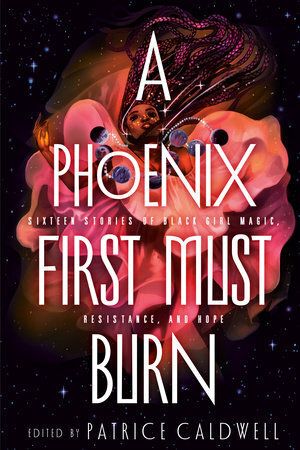
In one of a number of standout stories in the recently released anthology “A Phoenix First Must Burn, Sixteen Stories of Black Girl Magic, Resistance and Hope,” Jordan Carter is a high school student who realizes that the Contaminant in the city’s water — inspired by the ongoing public health emergency that is the Flint, Michigan, water crisis — has damaged a lot of other people. But instead of weakening her, she discovers that this epidemic has given her an extraordinary power. She double-checks the surreal nature of how crises show us where we are stronger and more magnificent than we could have dreamed with her crush.
“Blindness” by Jose Saramoga (1995)
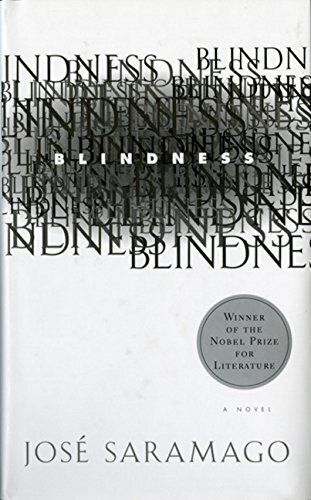
Almost everyone has been struck by “white blindness” in this novel except for the doctor’s wife. (None of the characters have names — a reminder of the way that catastrophe and disaster can strip us of our identities in the social order when things were normal.) Like many women in fictional pandemic circumstances, the doctor’s wife goes hard on the maternal side when she becomes a de facto leader of a group gone wild, one of 300 quarantined in a warehouse. She kills to protect them and she also cares for the newly vulnerable. Even in a pandemic ― maybe especially during a pandemic ― shoring up your karma for being a kind human is a good idea.
“Zone One” by Colson Whitehead (2011)
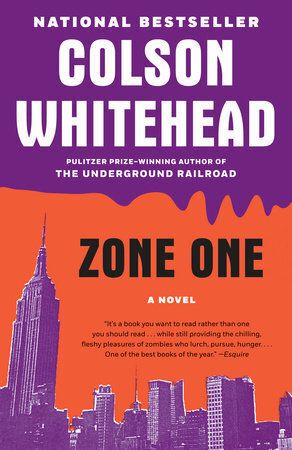
Mark Spitz is a self-described “middling talent,” one of three survivalist members of a Zone One unit sent to clear an area in Manhattan after a pandemic has devastated the world. Spitz struggles with hallucination brought on by a condition called Post Apocalyptic Stress Disorder. His main coping mechanism appears to be learning to adapt to the world as it is now, even if he does have to eat a stand-in for breakfast called “morning paste.” He’s got a gun and a survival pack to deal with the undead who pop up as they search buildings to resettle New York City.
BONUS: “Blood Quantum,” a film by Jeff Barnaby
This heralded film by the Native American writer and filmmaker Jeff Barnaby flips the genre of zombie pandemics on its head: When a zombie virus spreads, the only people who survive are those with a measure of Native blood. This is a wonderfully restorative and gory alternative history considering all that colonialism and globalism have done to devastate Native and Indigenous people. AMC has picked up the movie to release on its streaming service, Shudder.
Calling all HuffPost superfans!
Sign up for membership to become a founding member and help shape HuffPost’s next chapter
[ad_2]
Source link

